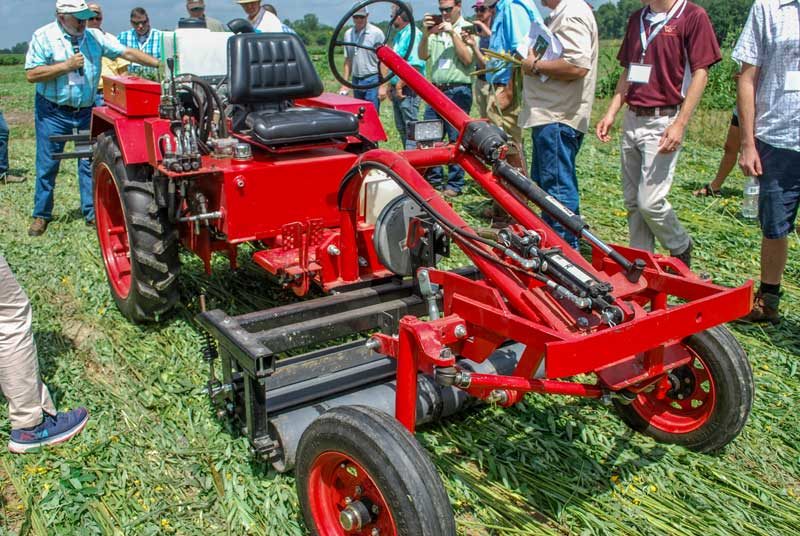The decision to use cover crops is like getting married. It takes time, a little money, commitment and a willingness to listen to make it work for the long-term. A grower has to be committed to doing whatever it takes to get covers seeded so they can do their part, according to long-time cover crop grower Myron Johnson of Headland, Ala. It also requires being open-minded and receptive to new ideas, adds Zeb Winslow, a cover crop grower from Scotland Neck, N.C.
Those are just a couple of the many takeaways from the Southern Cover Crops Conference, hosted in Auburn, Ala., by the Southern Cover Crops Council on July 16 and 17. The Southern Cover Crops Conference, held on the Auburn University campus, hosted more than 300 attendees who could select from 10 different workshops throughout the day. Nearly 30 speakers shared information on covers, including academia, experienced cover crop growers, and other agriculture industry professionals. The conference wrapped up with a reception on Tuesday, July 16, and a field day on Wednesday, July 17, at the E. V. Smith Research Center in Shorter, Ala.

No-till cotton in covers. These young cotton plants at the E. V. Smith Research Center in Shorter, Ala., are thriving — thanks to warm season cover crop mixtures. The mixtures included pearl millet, sunn hemp, cowpeas and sunflowers.
Some other highlights from the event:
- Before you begin using cover crops, have a plan in place that is unique to your operation and your specific objectives, Winslow told attendees. Be prepared to address any potential catastrophes that may pop up. Plan which varieties of covers and cover crop mixes you will use and have a purpose for each. Remember, adversity helps you learn, added Adam Chappell, a cover crop grower from Cotton Plant, Ark.
- Covers are only one tool in the toolbox when it comes to weed management, says Erin Haramoto, assistant professor of weed science at the University of Kentucky. Covers work to suppress weeds by subduing germination and light, which weeds need to germinate. Some covers are allelopathic to weeds, which means that the covers produce one or more biochemicals that influence the germination, growth, survival, and/or reproduction of the weed.
- Cover crop growers have an invisible “herd” that they’re caring for — the microorganisms in the soil, says Alan Franzluebbers, research ecologist with USDA-Agricultural Research Service. Those microorganisms need a suitable habitat, water, oxygen, a balanced pH level and carbon sources to consume. You can test your soil for biological activity, a practice that he predicts will become more routine in the future.
Cover cropping is thriving in the South for a variety of reasons, and while their soils, pathogens, climate and commercial crops may be different from other agricultural regions of the U.S., there is much to be learned from the cover crop growers in more Southern areas.







Post a comment
Report Abusive Comment